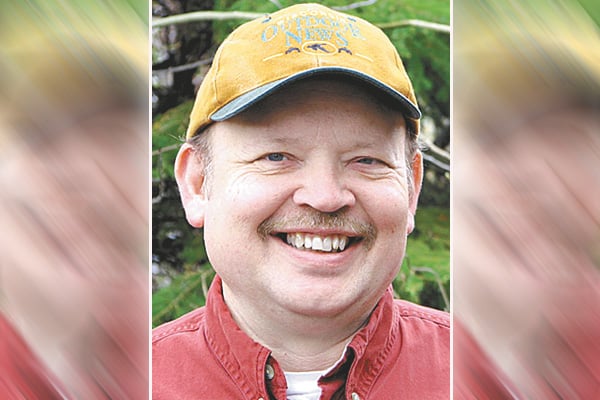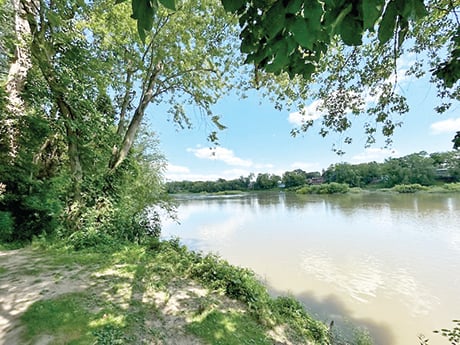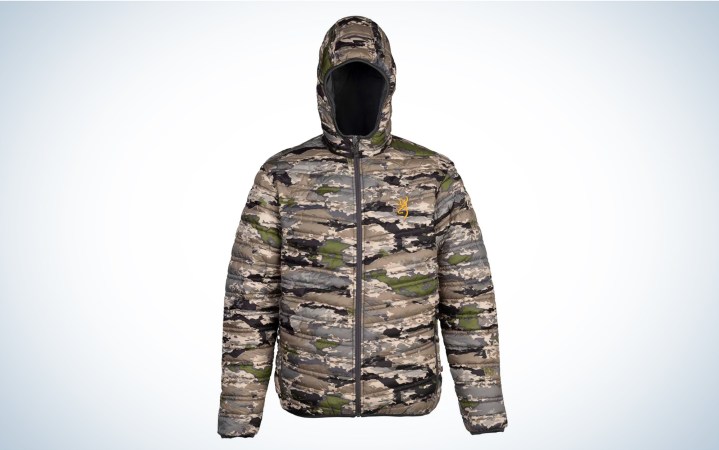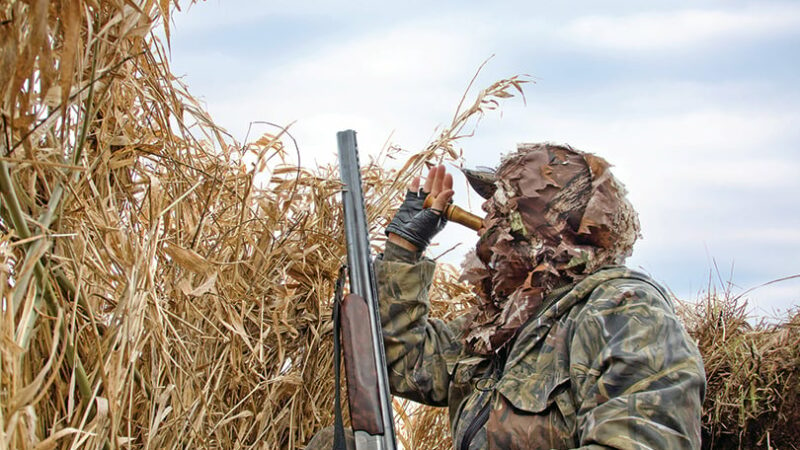State Roundup: Looking for the 96- and 102-year-old deer hunters from Wisconsin – Outdoor News

Our veteran outdoors reporter, Tim Eisele, passed along a bit of interesting information that he picked up from the DNR deer season report delivered at the Feb. 28 Natural Resources Board meeting.
A total of 569 Wisconsin deer hunters who are more than 90 years old bought a gun deer season license. The oldest man was 102 and the oldest woman was 96 years young.
If any of our readers know one of those 569 deer hunters, please pass along congratulations from everyone here at the Wisconsin Outdoor News world headquarters. I sure as heck hope I’m still buying deer hunting licenses at age 102.
I don’t know what my chances are, considering some mornings I wake up and feel like I’m 102, but I have my fingers crossed. If you happen to know the 102-year-old gent or the 96-year-old lady and they’re wouldn’t mind ending up in a story on our pages, please email me at [email protected].
They have to have some great hunting stories. I’m almost wondering if I don’t know that 96-year-old lady deer hunter. I know my dad’s sister, my aunt Wynette Obernberger, was still deer hunting a couple of years ago, but I don’t think she would be 96 quite yet. Just watch, that story is going to come out of my own backyard.
MORE COVERAGE FROM WISCONSIN OUTDOOR NEWS:
432 sturgeon weighed in despite poor ice during Wisconsin spearing season
Estella Bergere Leopold, youngest of Leopold siblings, dies at 97
Wisconsin ready to honor Aldo Leopold on 75th anniversary of Sand County Almanac
THE WISCONSIN DNR IS WORKING WITH THE NATIONAL WILD TURKEY FEDERATION (NWTF) and Wisconsin volunteers to set up an in-state research project aimed at determining productivity and nest/brood survival, according to the DNR’s Taylor Finger. The project is just getting off the ground, but we have a reporter on the story who will file reports for our readers as things get rolling.
“Over the next several years we are going to be putting (combination) VHF/GPS backpack transmitters on hens prior to nesting,” Finger said. “This will allow us to track them daily throughout the nesting and brood-rearing period. We will also be putting on wing tags in a couple places across Wisconsin that have high concentrations of Snap Shot Wisconsin trail cameras. Part of this project’s goal is to develop a visibility correction factor for trail cameras to see if we can use photos to help count and determine brood size and survival success.
“With the use of the VHF/GPS transmitters we can ocularly see how many poults a hen has on any given day. Then if that same hen – we can tell because of the wing tag – walks in front of a trail camera we can compare what our count is to the number of poults found in the photo,” Finger said. “If we can collect a large enough sample size, that can help us understand if using trail camera photos can be a viable method for determining brood survival and – ultimately – productivity. We will also be collecting behavior data, habitat use, movement, etc., through the transmitters.”
We’ll keep readers posted as the project gets rolling.
AS DISCUSSIONS ON WAKE BOAT RULES move along, it might be a good idea to include river recreation in those talks, as pointed out by Mike Arrowood recently.
Townships have the right to regulate boat use on lakes. This may or may not be a problem, depending on the size of the lake and number of townships bordering the lake.
Rivers lend a whole different dimension to the issue. The Wolf River alone has 96 miles of water from Lake Poygan to the Shawano dam. How many townships, and town attorneys, are there to deal with when considering wording of town ordinances on rivers?







